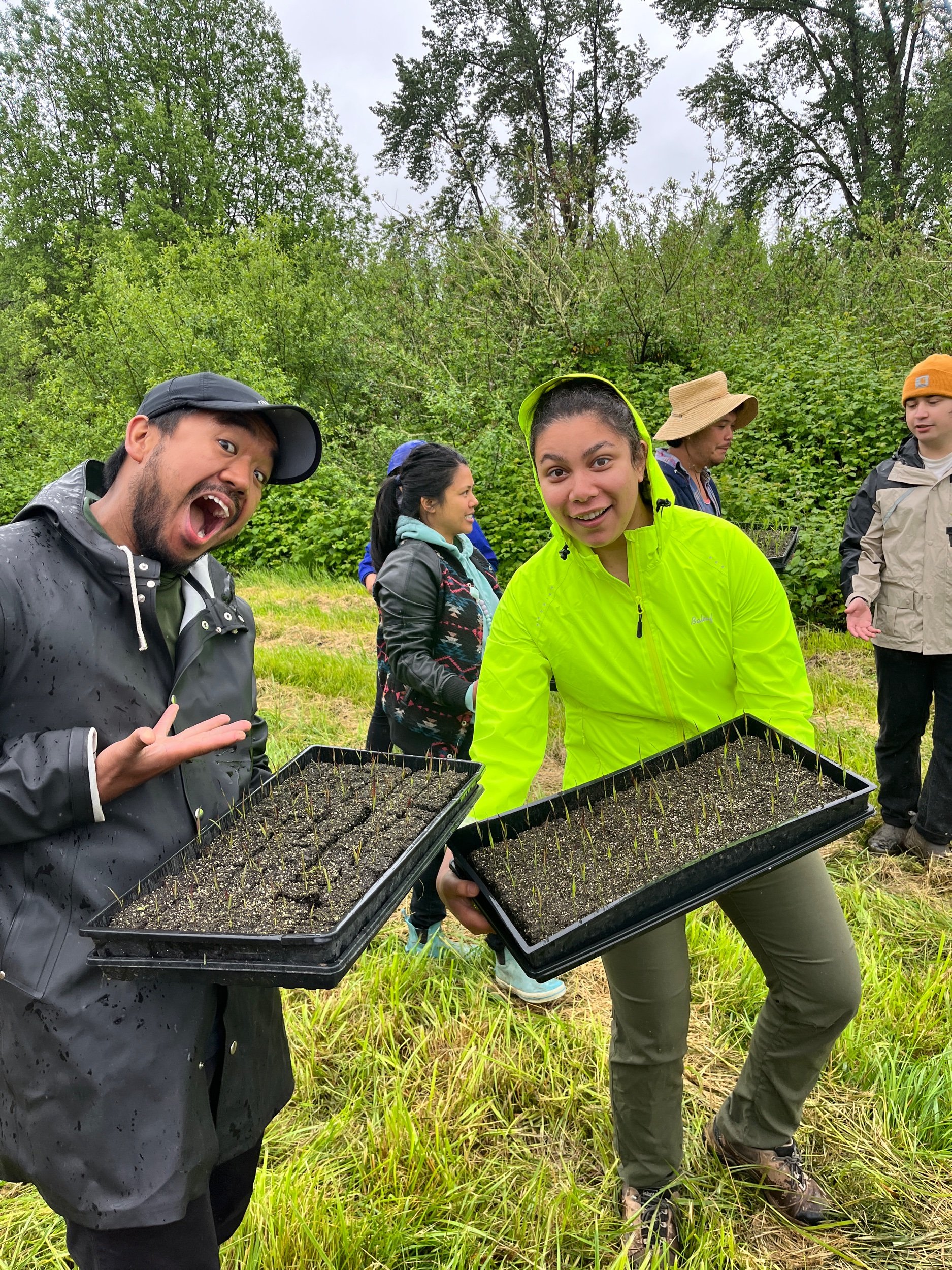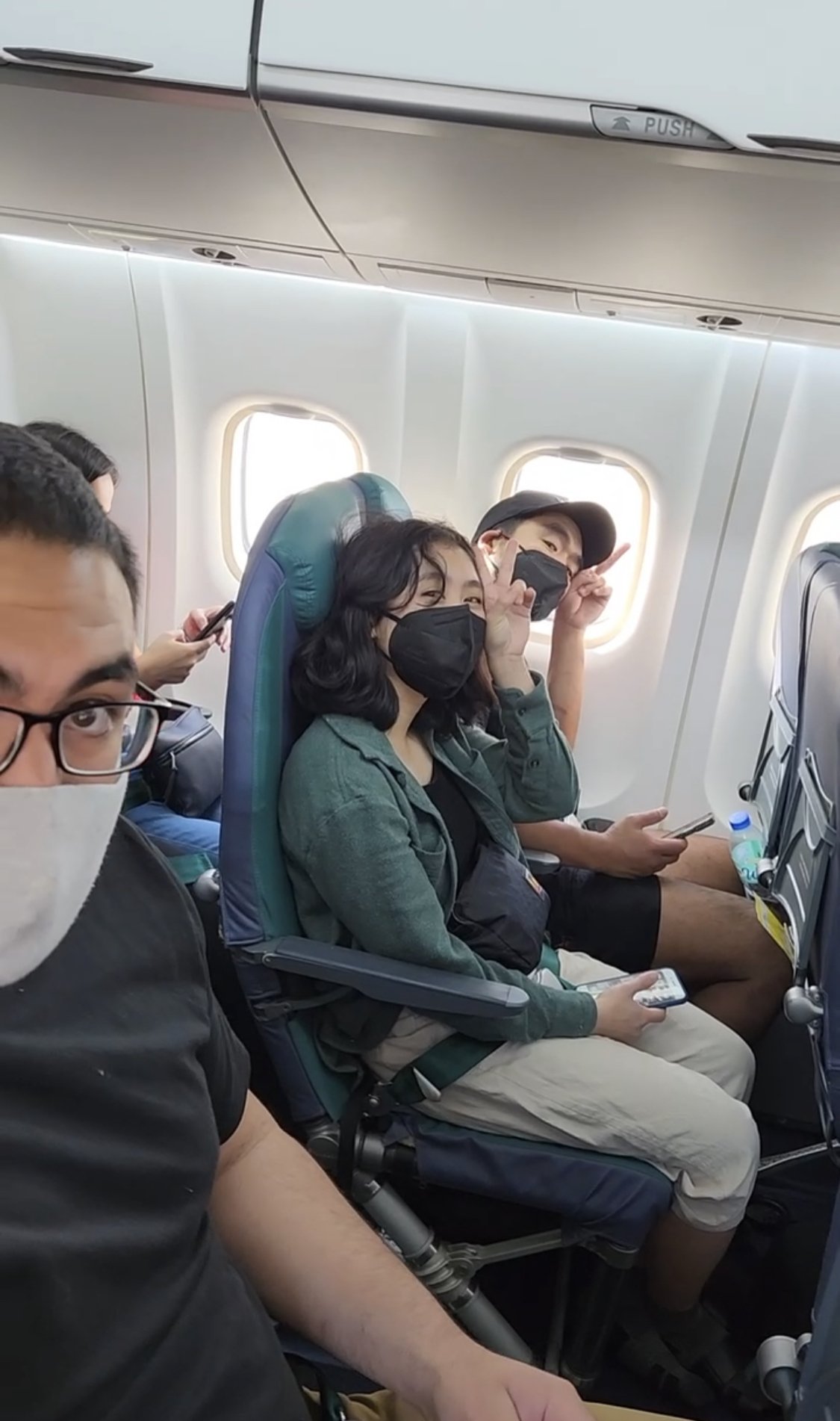According to an interview with his wife, Dorie, Federico Zante got lost on his way from the Philippines to Seattle, seemed to always be getting on the wrong boat. First, it was to China where he spent quite a bit of time, and then to Japan, where he spent quite a bit of time again in 1927. He was always looking for adventure and to experience new things, she recounts. Dorie would go on to take over Zante Farms after Federico’s passing.
When he first got to Seattle, like many other Filipinos he was taking hard jobs that did not pay well. He was a houseboy - effectively a servant, and a sharecropper. But somehow, in 1929, in the face of immense challenges and in the wake of violent protests and discrimination against Filipinos and many other people of color, he managed to purchase his own farm in Woodinville, WA. Once he purchased his own farm, he quickly became known for his farming skills.
“It was like a kaleidoscope” – people recount when they recall his farm. He was always growing food differently, in a way that was ecologically rich with layers of vegetables and flowers together. His farm paved the way for Filipino Americans to own their own farms today, which builds off one of the central themes of this course – generational change and impact.
Always vegetable forward, this course explores the foundations of our agricultural fabric here in Washington. From the wheat of the pandesal, to the fermentation and freshness of the vegetables together.
This story is also one of generational loss. Zante Farms and farmstand no longer exists, although it was one of the first and most important sites of Filipino American agricultural history in the US. The changing hands of land, those who prioritize it, steward it, and see value in it adjust over time. With the passing of time and stories that are forgotten – we must ask ourselves the same questions that some, even those we have already explored like the Society of Golden Agers, what counts as a historical site? What counts as a place of significance, and to whom? When we are gone - who will speak for us?
Records of Zante Farmstand still exist, but Zante Farm was rendered to a zone on a planning map, demarcated as having little current value, and the land was changed again.
For current and new farmers, we know that the road isn’t easy. Our partners have faced changing climates, floods, and labor conditions without steady incomes and even things like health insurance. Working together to imagine new food systems is at the core of this generational change and this dish. We must be able to demonstrate the value of what we create, what we produce, and to be able to show how that comes together for our generation and the next.









































